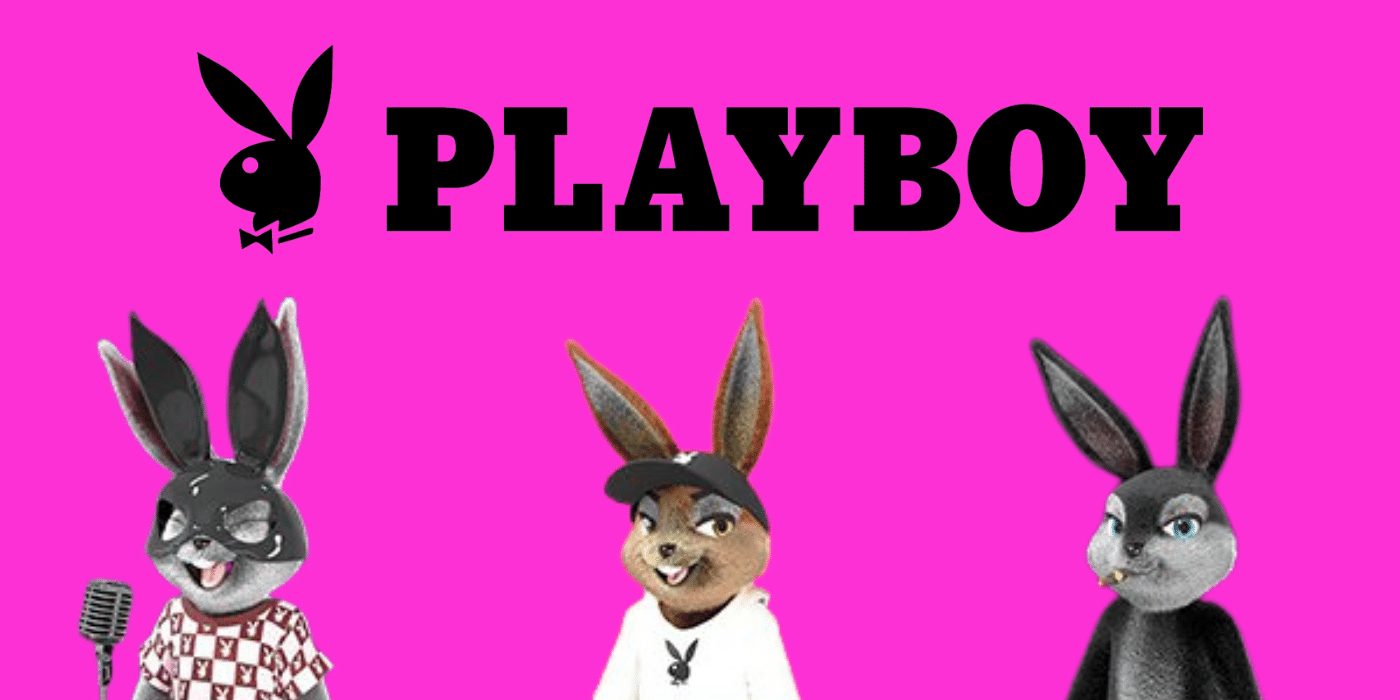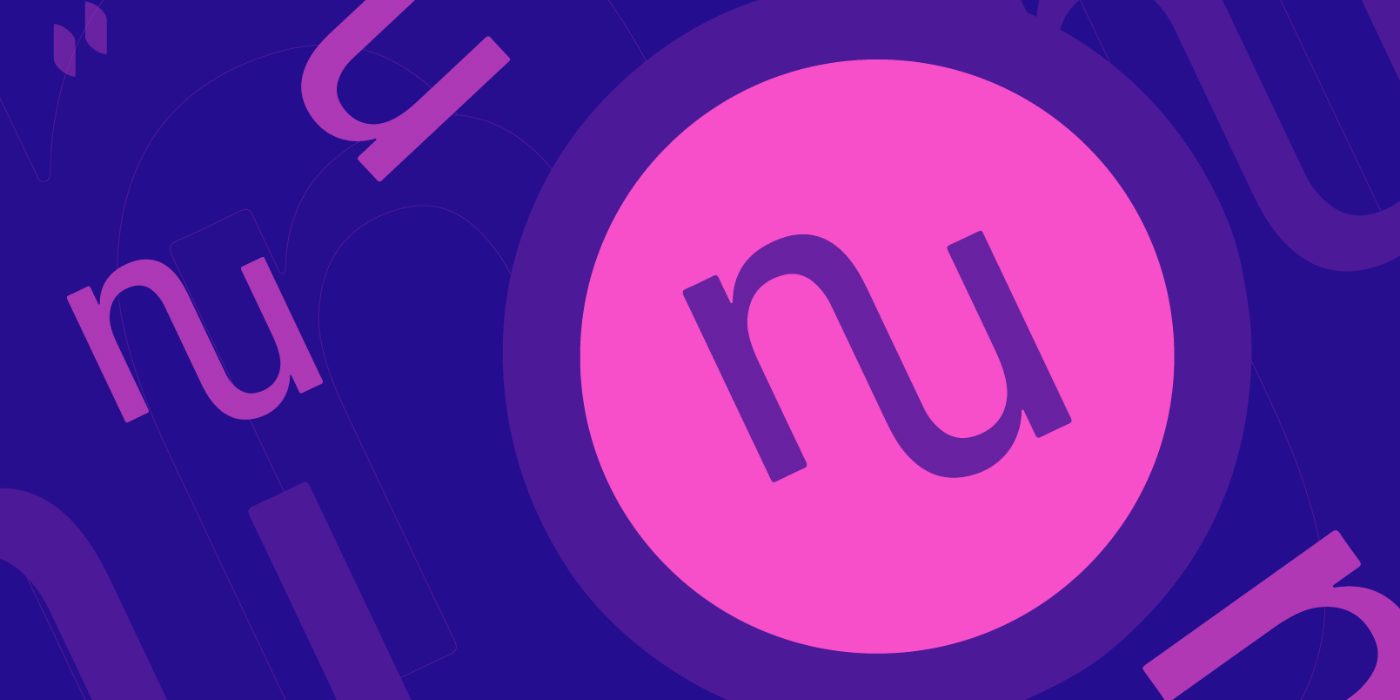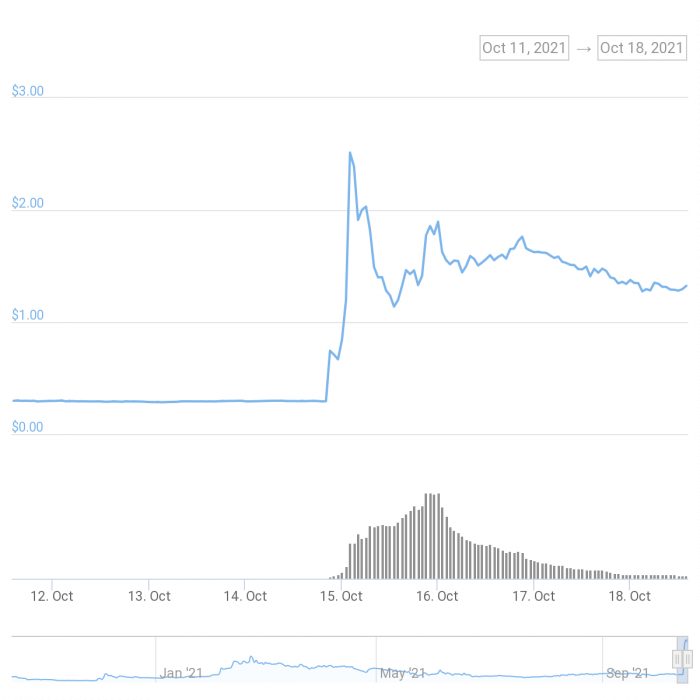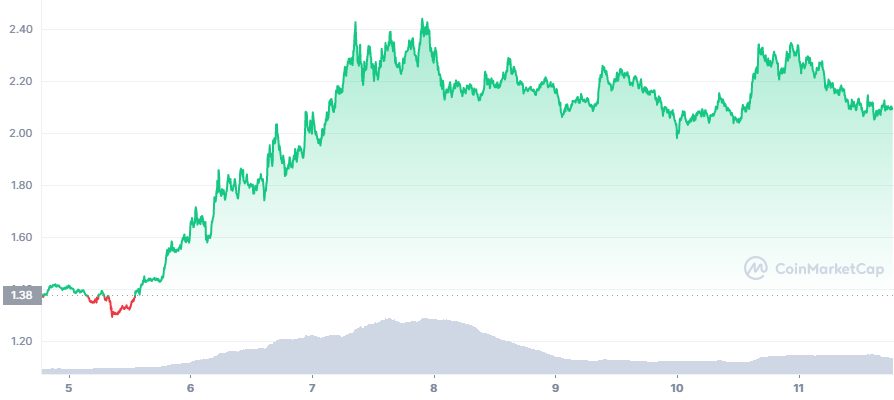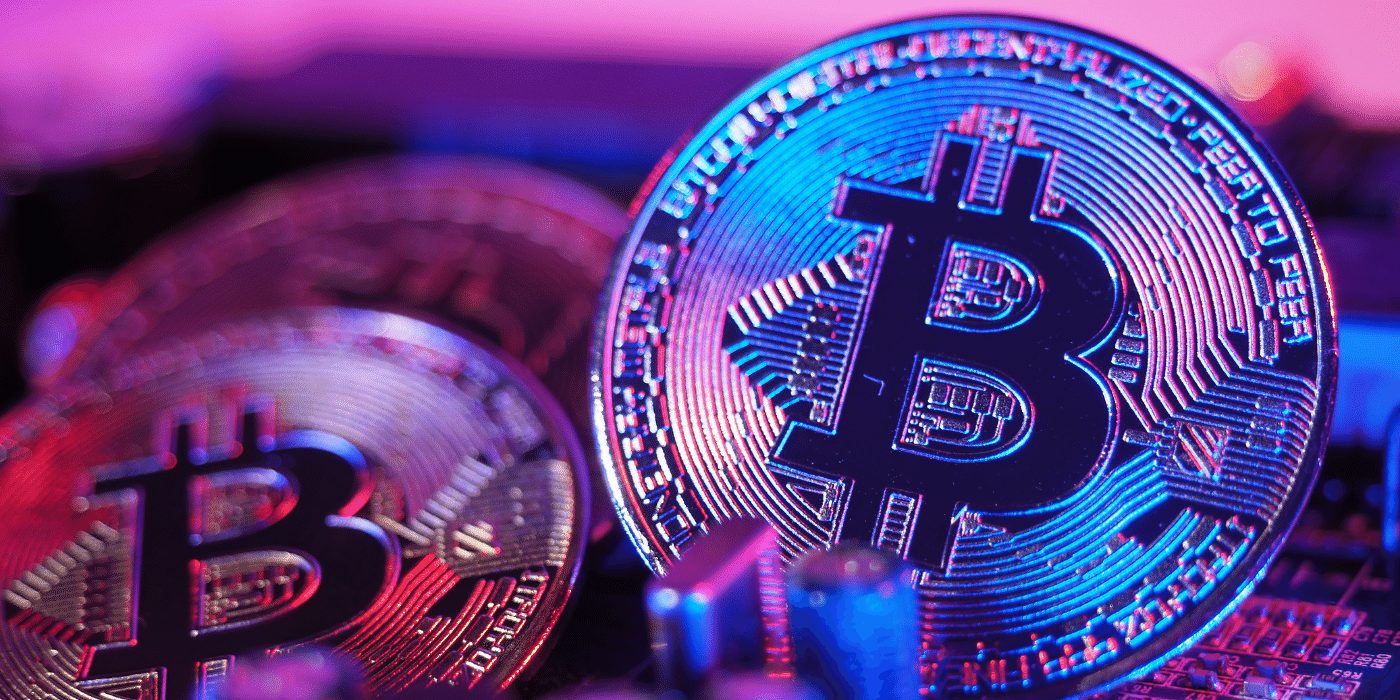The IOTA Foundation has recently launched its beta for smart contracts allowing developers to set their own execution fees, a feature expected to suppress fees to near-zero.
According to an announcement on the IOTA blog, the blockchain’s beta release will give builders “limitless possibilities to build decentralised applications [dApps] and other Web3 innovations”.
‘Near-Zero’ Execution Cost for Smart Contracts
The new layer aims to address some existing problems with fees, scalability, interoperability and limited composability, and introduce some innovations not yet seen in the space.
Thanks to IOTA’s feeless 1000 transaction-per-second base layer acting as a trustless atomic bridge for smart contracts, a smart contract chain can define its own incentives and fees (potentially even feeless), offering new possibilities to get mainstream adoption with dApps. Smart contract chains can be built on top of IOTA with their own specifications, allowing service providers such as governments to execute smart contracts with no fees.
This dynamic pricing creates an incentive to drive fees down, since different chains can now compete for the work of executing a smart contract. By allowing several chains to compete for work, it’s presumed it will lead to “near-zero or even zero-fees” to execute smart contracts on the platform.
The possibility for chains to compete for the ‘work’ of executing a smart contract creates an additional incentive to push execution fees to their absolute minimum – including zero. Non-zero fees are payable in whatever form the chain owner demands, giving additional flexibility. In a nutshell, it is a DeFi operator’s ‘wet dream’.
Dominik Schiener, co-founder and chairman, Iota Foundation
The smart contract service aims to foster interoperability and standardisation by integrating the Ethereum Virtual Machine (EVM) to write smart contracts, as well as an additional tool to help with the standardised portions of a smart contract. Developers will be able to write in various programming languages including Tiny Go, Rust, and Ethereum’s Solidity.
Smart contract chain developers have full flexibility to define their chain and tokenomics. In the future they could even set transaction fees to zero and instead reward validators with their native tokens, thus creating their own economies and massively reducing entry barriers for their dApps.
A Scaling Solution for Smart Contracts
IOTA smart contracts is a sharded smart contract network, where each smart contract chain is limited by its own scalability and is not hindered by the rest of the network. What IOTA does is spin different networks on top of its base layer so the smart contracts that run on those networks can talk to each other. This means they can transfer assets from one blockchain network to another.
A good way to think about it, Schiener says, is that “there might be one main open network where anybody can deploy a smart contract. But if you want to use another network with different characteristics, or even spin out your own, that’s also possible.”
IOTA smart contracts also enable the feeless transfer of assets across chains, which offers the IOTA ecosystem – and anyone else interested – unprecedented opportunities in terms of utility, composability, and scalability.
Dominik Schiener, co-founder and chairman, Iota Foundation




